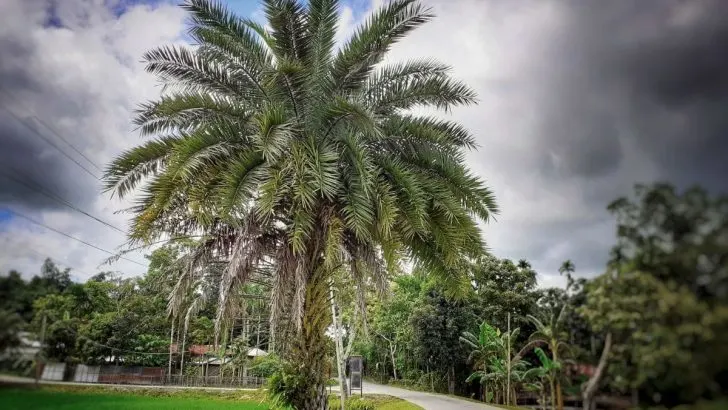Sylvester palm will be your new favorite garden plant! Today we bring you a care guide for Sylvester’s palm.
If you read our article about the coontie palm, you’ll love Sylvester palm too. They have similar characteristics and both are very easy to plant and grow.
You must be wondering what is so special about this palm tree. Besides being one of the most popular palm trees, this palm tree also adorns the homes of famous people around many coasts.
You will rarely see this palm tree in the garden of a house that does not cost millions of dollars. Her refined appearance is exactly the reason why many famous people plant her. And why not give such refinement to your garden?
Let’s learn the care guide for Sylvester date palms in the article below.
About Sylvester Date Palm Tree
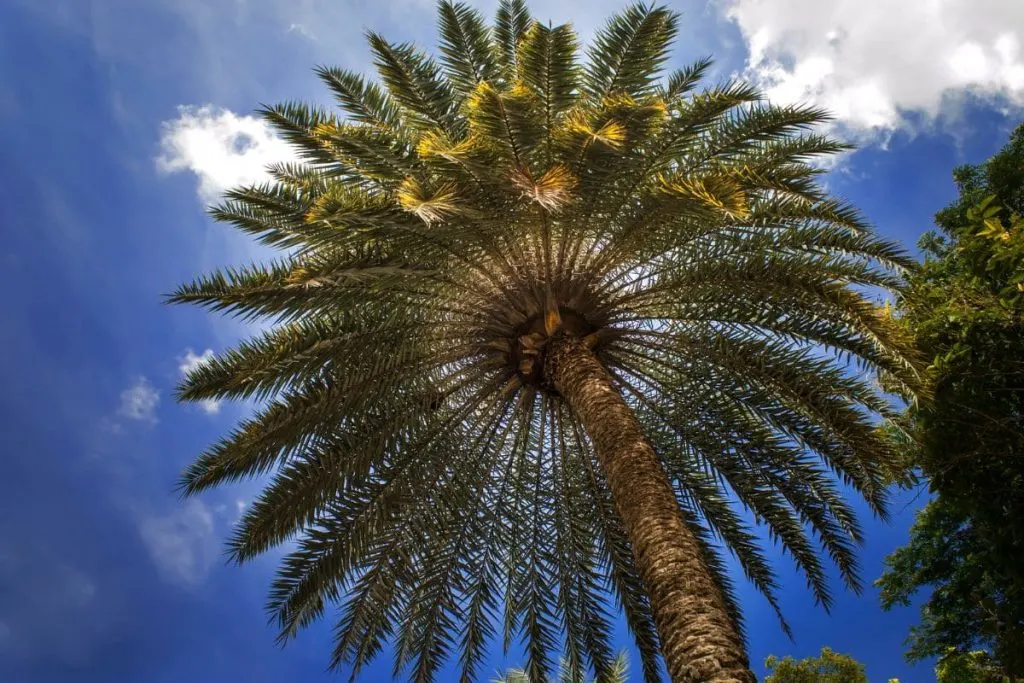
If you thought about planting this spectacular palm in your garden, today we bring you all the info you need about it. Before we dig into its care guide, we bring you the botanical features of Sylvester palm tree.
Sylvester palm phoenix sylvestris has characteristics you’ll fall in love with. It’s used for a reason for luxury homes and gardens mostly. So, shall we start learning about these popular palm trees?
- Native habitat: India and Pakistan
- Botanic name: phoenix sylvestris, phoenix dactylifera
- Common names: sugar date palm, canary island date palm, India date palm, true date palm, toddy palm, Indian date
- Family: Arecaceae
- Life duration: 70-80 years
- Order: Arecales
- Flower shape/color: flowers spines towards the petioles, small white, sometimes bright red flowers
- Leaf shape/color: interesting diamond pattern created, dark green, has leaf scars, silvery blue-green fronds, well recognizable diamond shape/pattern created by leaf scars, solitary robust trunk,
- Type of tree: fast-growing palm, fast growth rate
- Height: 50 feet
- Toxicity: they have poisonous substance
- Use: beautiful accent palm, and landscape themes, mostly planted in luxury homes
- Wildlife: birds and insects
- Where to plant: full sun, Sylvester date palm requires palm fertilizer, a partial shade too, moderately salt tolerant, mostly planted on golf courses, used as one of many landscape themes, well-drained soil, direct sunlight for 6-7 hours,
- USDA hardy zone: can live in cold hardy too, 8-11
Are Sylvester Palms Fast Growing?
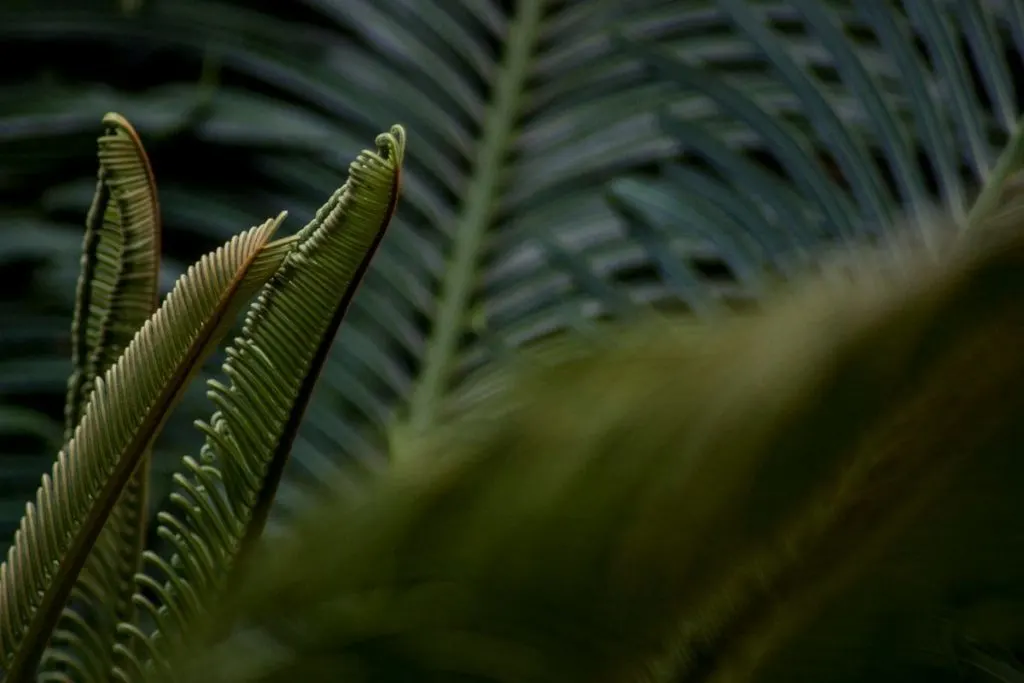
At the beginning of their growth, these palms grow quite slowly. But after a few months, it will seem like someone has used magic on your palm tree.
After a few months, the plant will grow from 3 feet to 10 feet very very quickly. Even if he doesn’t use supplements. This is one of the many things that make this plant interesting and special.
Are Sylvester Palms Native To Florida?
Sylvester’s palms aren’t the native types of palm trees in Florida. They are native to India and Pakistan. They are, however, very popular in Florida and other tropical regions too.
They are among the popular types of palm trees in California. They are usually planted in private luxury villa homes and gardens there.
Do Sylvester Palms Produce Fruit?
Its fruits are also edible and non-toxic. Those fruits and stalks, in some countries, are used for making alcoholic beverages.
Care Guide For Silver Date Palm-Sylvester Palm
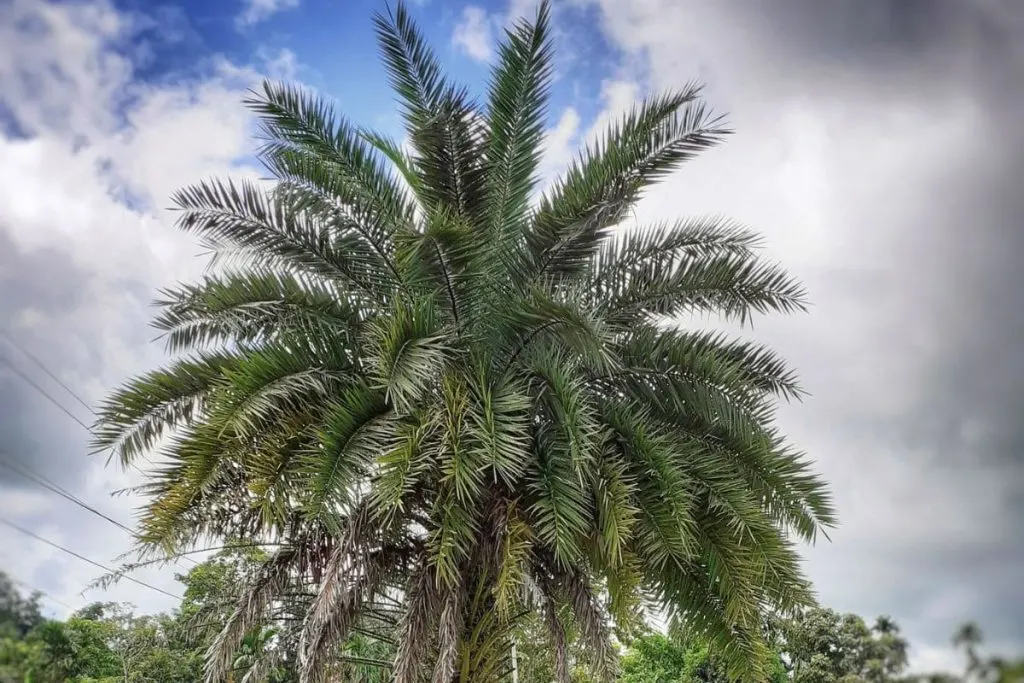
Now that we have covered the botanical characteristics and features of this plant, it is time to learn how to grow this plant. If you haven’t encountered palm trees before, this is an excellent opportunity to learn.
The care guide for this palm is more or less the care guide for 70% of palms. That 30% deviation depends on where the plant grows and to which family it belongs. Let’s learn the care guide for Sylvester’s palm.
Light Needs For A Sylvester Palm
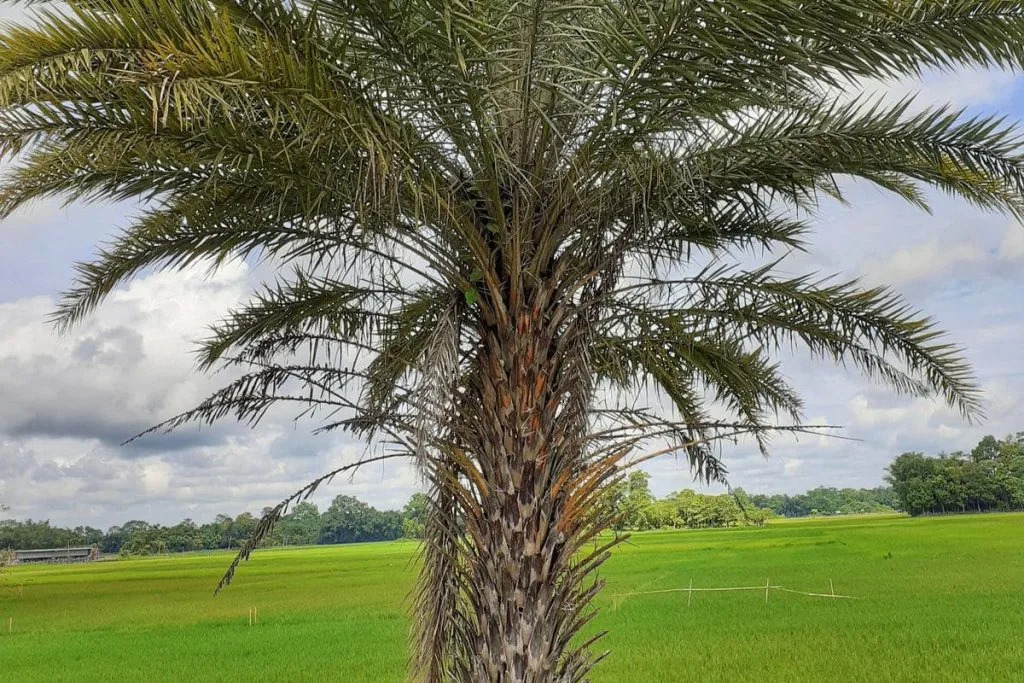
The sun needs of this plant are very specific. When planting, it is best to place it in direct sunlight until it begins to germinate. Afterward, move it to a position with several hours of sun and plenty of daylight.
The plant does not like the shade at all, and will not grow in such positions. But partial shade suits her when she reaches maturity. Then it should have at least 3-4 hours of partial shade so that it can recover from the sun and store the energy it receives from sunlight.
Watering Needs

The watering schedule of this plant is anything but demanding. During the flowering period, it is best to increase the watering schedule to every 5-6 days. Use less water, but more regular watering.
Any type of water is suitable for this type of palm. In autumn and winter, you can water it every 10-12 days because the plant is drought tolerant and a “lack” of water will not harm it.
Soil Type
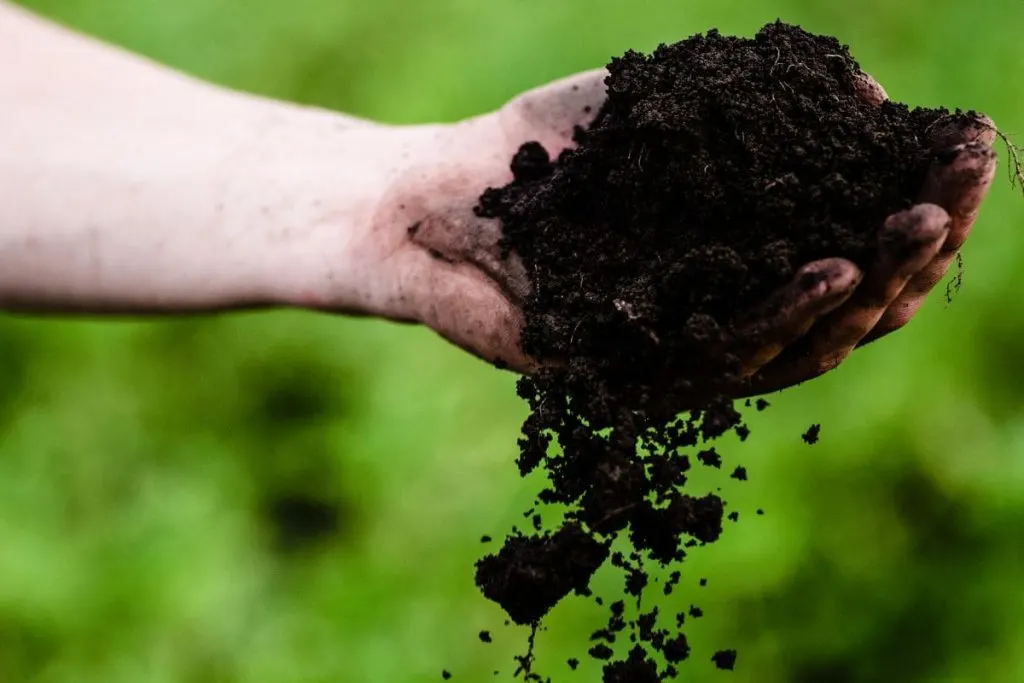
Like any palm you have encountered, this palm also likes sandy soils. Sandy soils are universally good for all palm trees in the world. If a “palm tree” does not like sand, then it is not a real palm tree.
It suits her because it retains water the best. Since they can not be watered for a long time, they will draw water from this soil for a long time. In addition, you can add clay, perlite, and peat soils to the sand.
Fertilizer
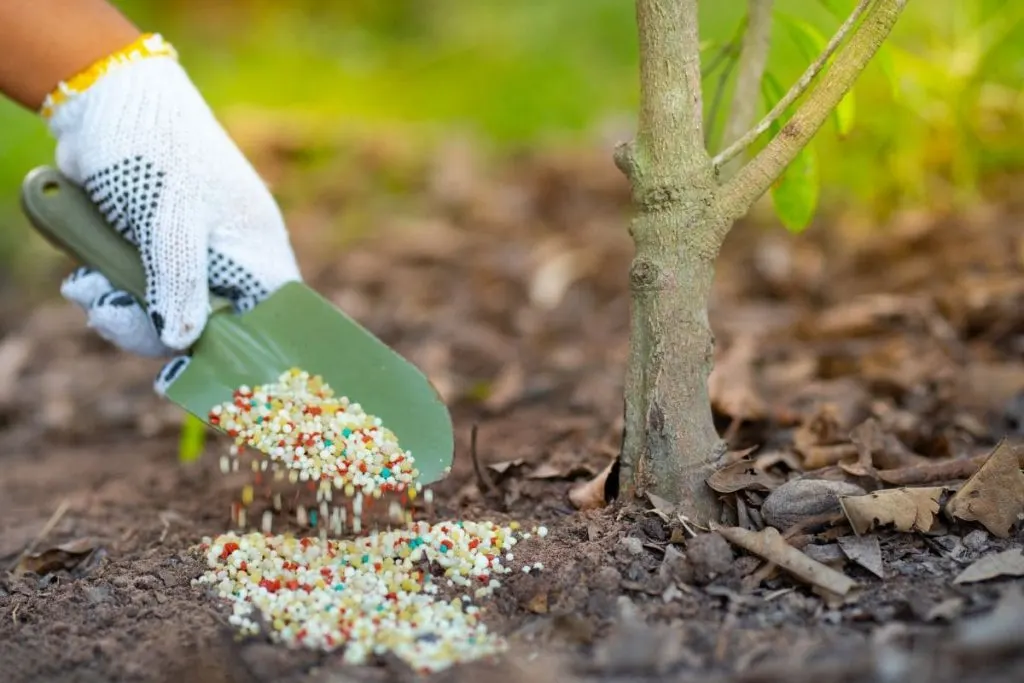
Use fertilizer for palm trees on this palm tree. A slow-release fertilizer will prevent nutritional deficiency.
That is the most important thing when you’re applying fertilizers to your plant. I wouldn’t go far from this option of fertilizer.
They can stand animal manure too. Since they might be slow grower plants at the beginning of their growing phase, fertilizer will encourage that. These palm trees hate granular fertilizers.
Pruning And Propagation
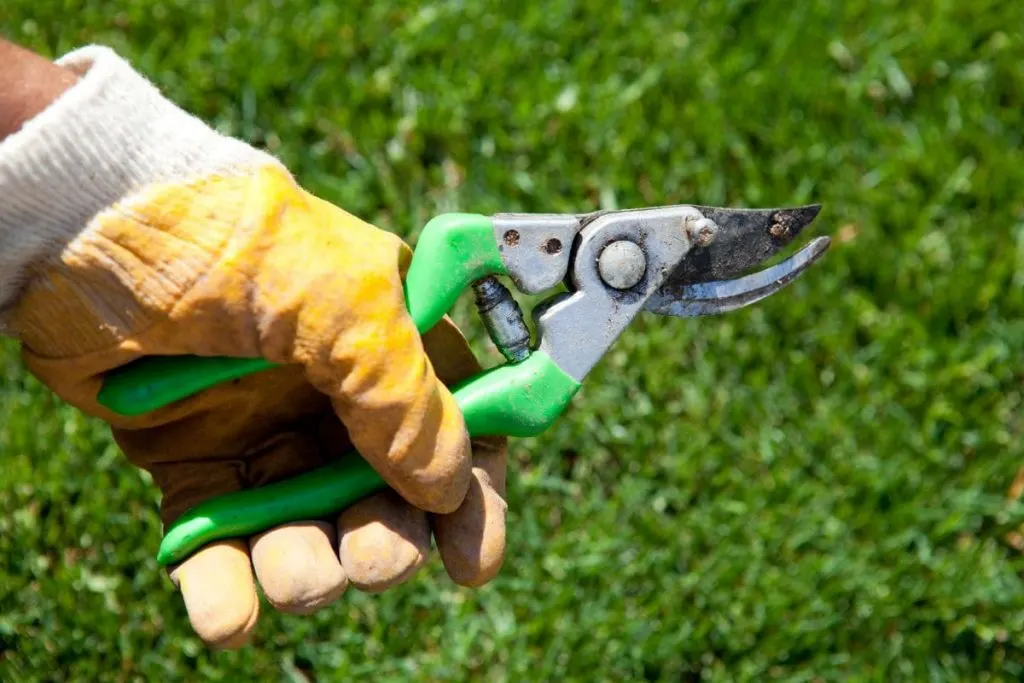
Once your leaves are yellow or brown, remove the dead leaves with scissors or a sharp knife. Maintenance trimming should be done to remove the dead leaves only.
These popular palms are usually tougher than the smaller types. Prune them only in cases of damage.
This palm is easily propagated with seeds. Soak the seeds in the water at least 24 hours before planting.
They are drought tolerant but you should plant them in well-drained soil. Date palm phoenix could use a slow-release fertilizer when you plant them the right way. That will encourage their growth.
Do the propagation process as follows:
- keep the seeds dry after harvesting
- inspect the seeds well before sowing to detect damage
- soak them in water for 12-24 hours before sowing
- drain the soil well and add organic matter to it
- add seeds (plant 7-8 seeds in an average flower pot, no more)
- cover the pot with transparent plastic film to preserve heat and humidity
- place the pot in the light
- when the germination of the plant breaks through the soil and comes to the surface, remove the foil after a few days and place the pot in a position with plenty of sun.
Temperature And Humidity

It may even be redundant to talk about the temperature suitable for this plant, but oh well. The best temperature ratio is between 65 and 75 F.
As we said at the beginning, it can survive in cold regions. It can grow in cold hardy climates, but not nearly as successfully as in warm regions. Tropical climates suit her best.
When it comes to humidity, you can get used to different humidity levels. From 40% to 70% humidity will suit this palm tree. If you initially grow it indoors, excessive use of the air conditioner may bother it.
Pests And Diseases Of Sylvester Palm
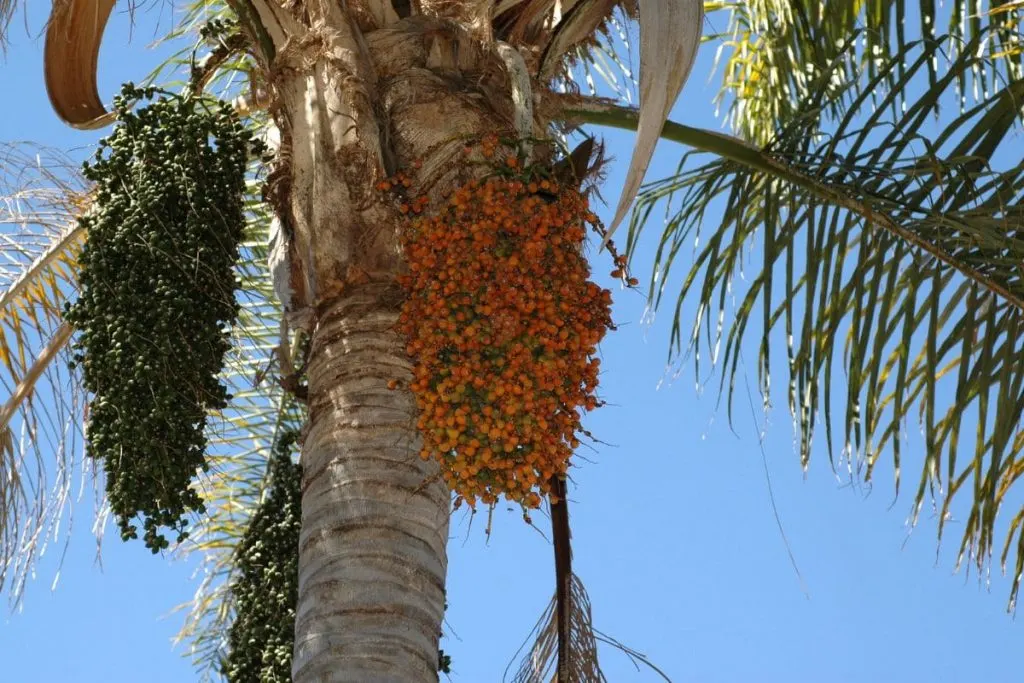
There are many palm tree problems around the world. But the problems that affect this plant the most are yellowing leaves, lethal bronzing, and attacks by various insects.
- Lethal bronzing is a problem or a bacterial infection that can be fatal for your palm tree. It develops very quickly, and you can recognize it from the brown leaves on your palm tree. From dark yellow, the leaves become bronze. Then the leaves are brown, and finally, they usually dry up, although it looks like the leaves are wet.
- Yellowing leaves are mostly caused by too much sun. All palm trees love the sun and grow best in such conditions, but sometimes it is too much for the plants at the same time. You cannot influence this. But you can on the resulting damage. When you notice yellow hairs, trim them to prevent further damage.
- Insects will always attack your plant. Some people spray the plant with pesticides unnecessarily. But do you really want to spray a healthy plant with toxic substances? If you see them, only then react, that’s my advice. The best thing you can do is inspect your palm every time you water it. That way you will be at an advantage.
Wrapping Up
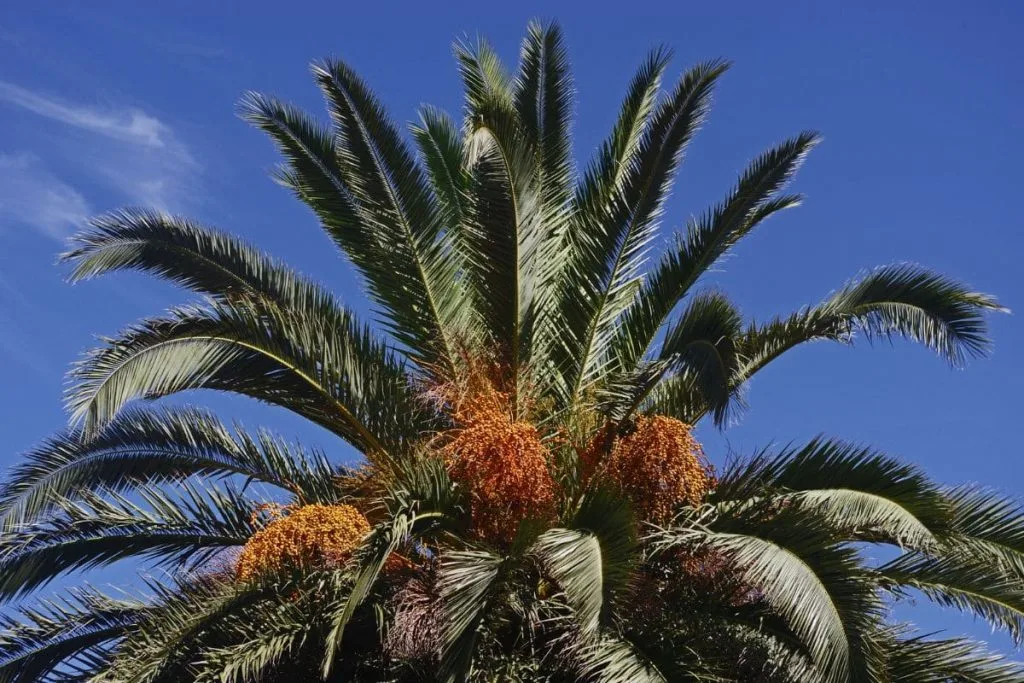
We hope you learned a lot from the article above about beautiful Sylvester palm trees. Do you think these palm trees could be part of your garden?
If there is a chance, let’s recall some details about this palm tree. Plant it in a sunny position with some partial shade. Use a slow-release fertilizer for this tree.
If you do not have sandy soil completely, combine sand and peat moss soil. Water the plant every 7-8 days for good and healthy growth.
If you want a self-cleaning palm for your yard, Alexander palm is an excellent choice, but if you are searching for a Christmas palm then is Adonidia Palm perfect!
That would be all for today, see you soon with more similar topics!

